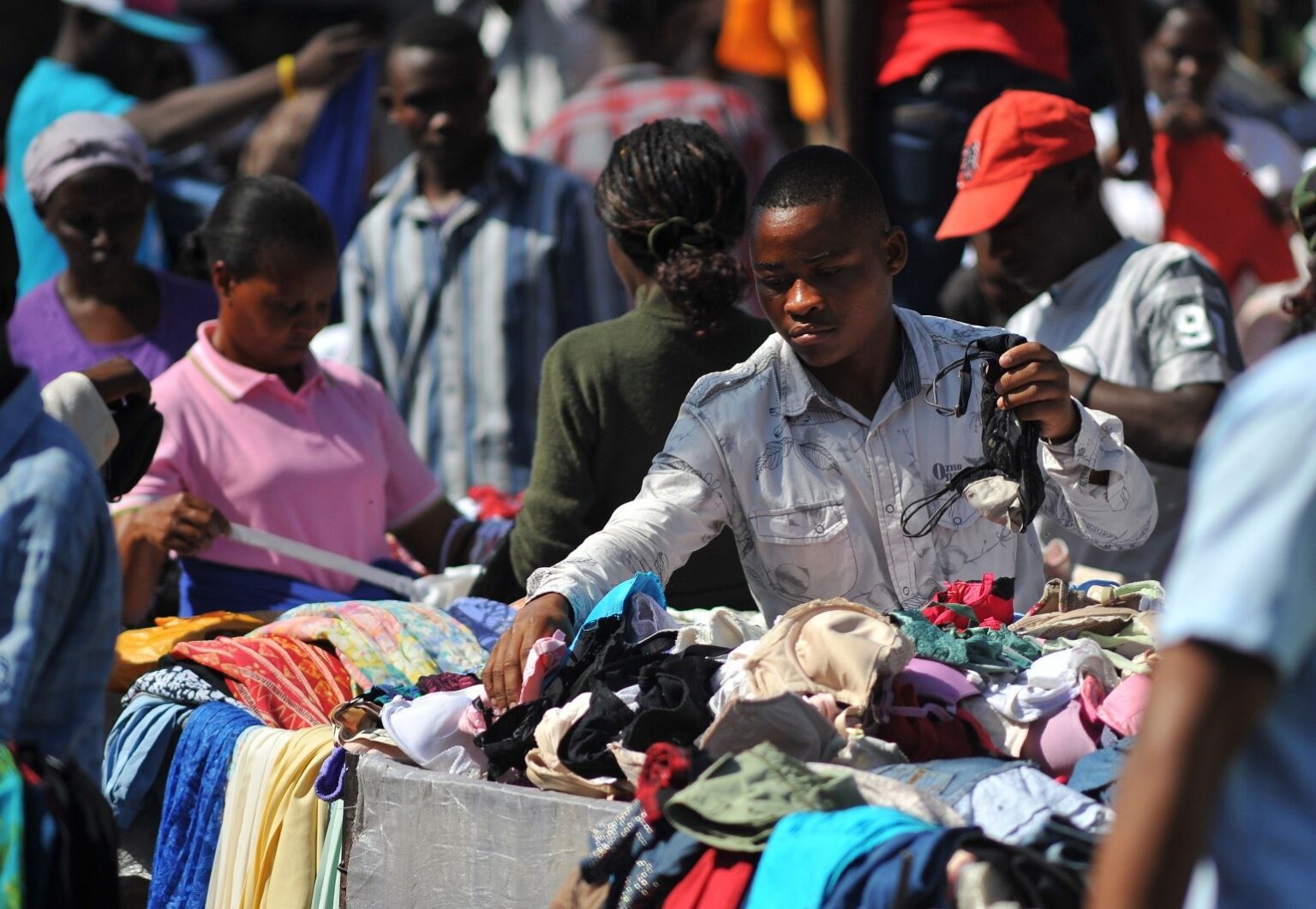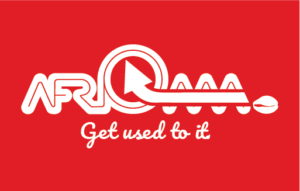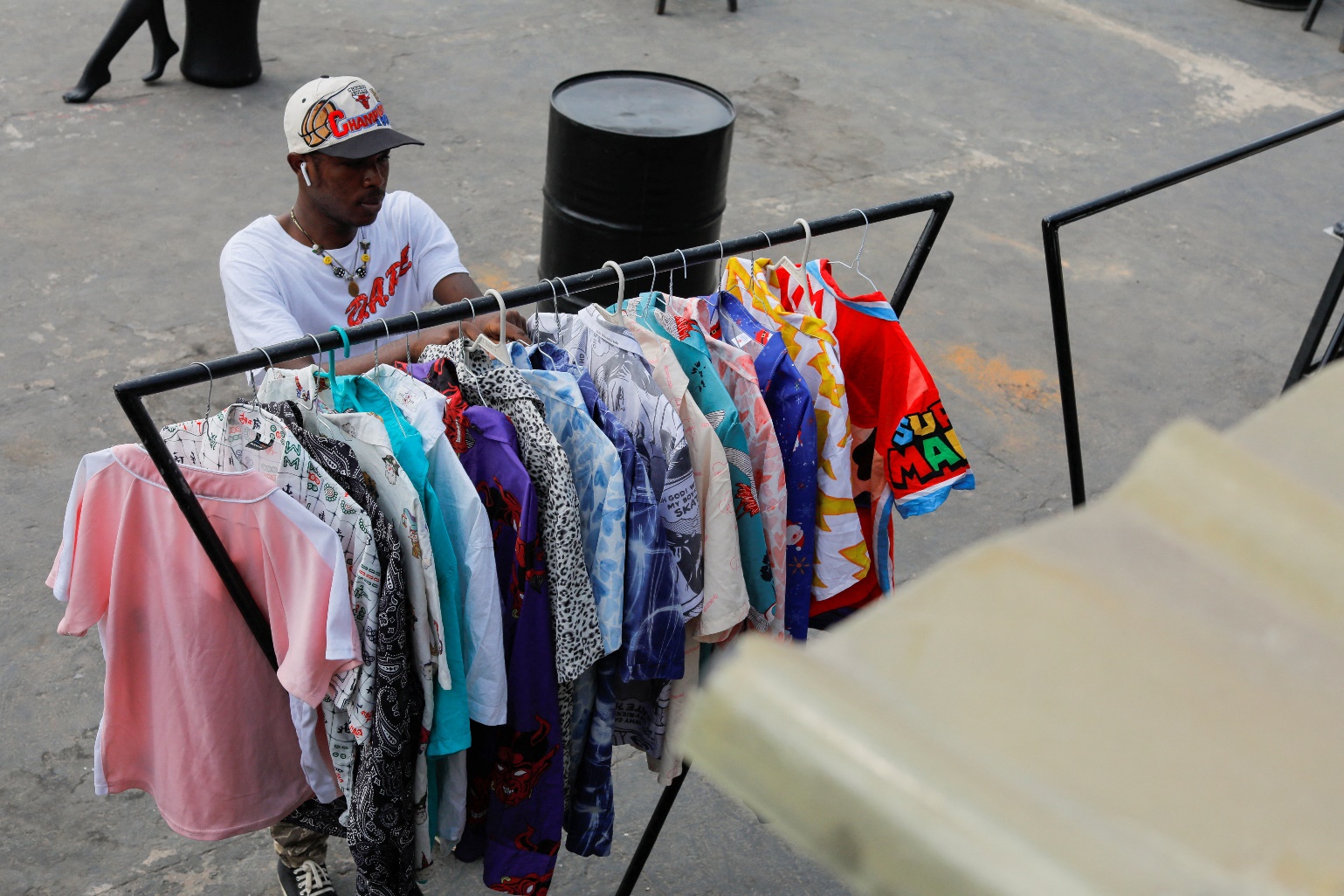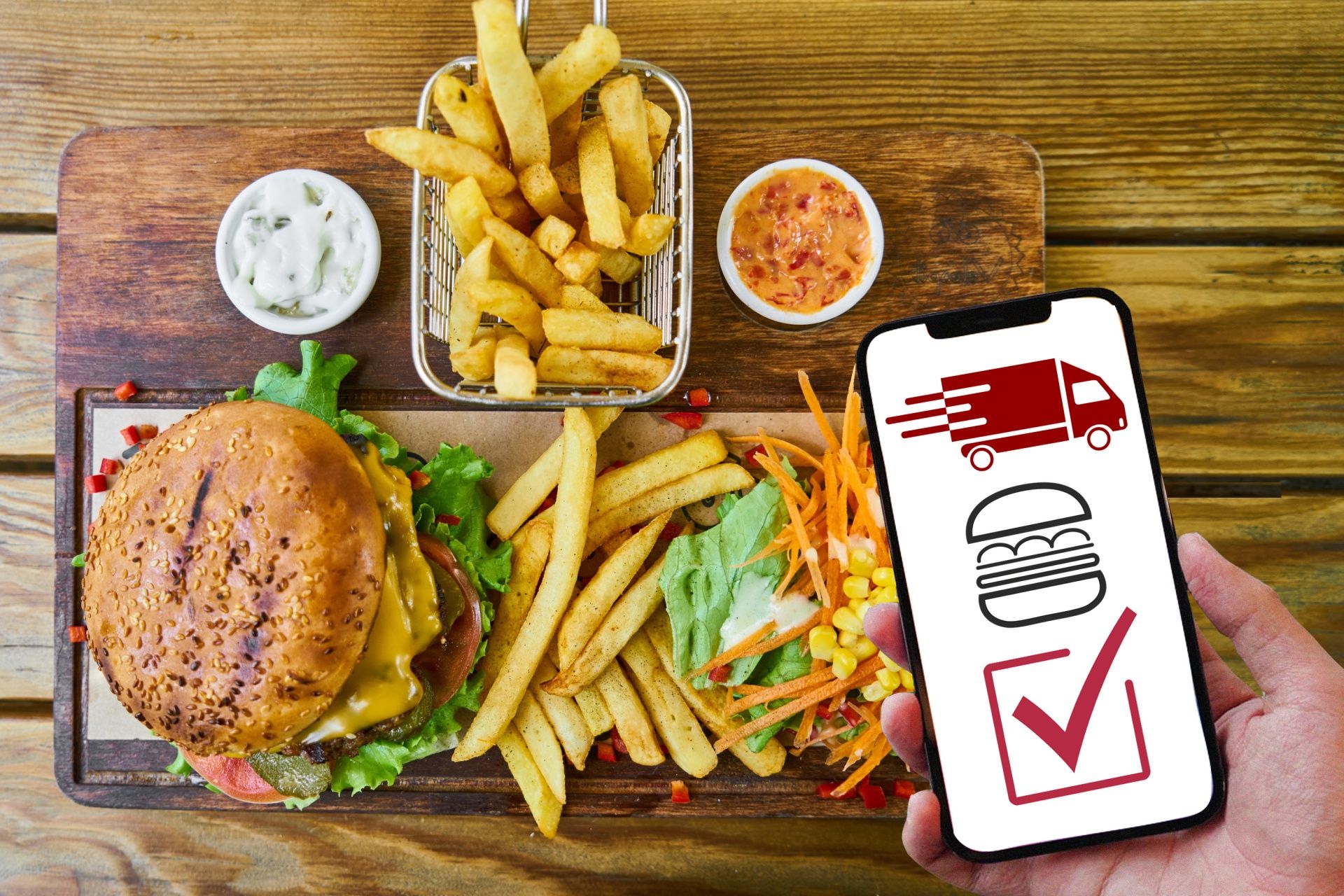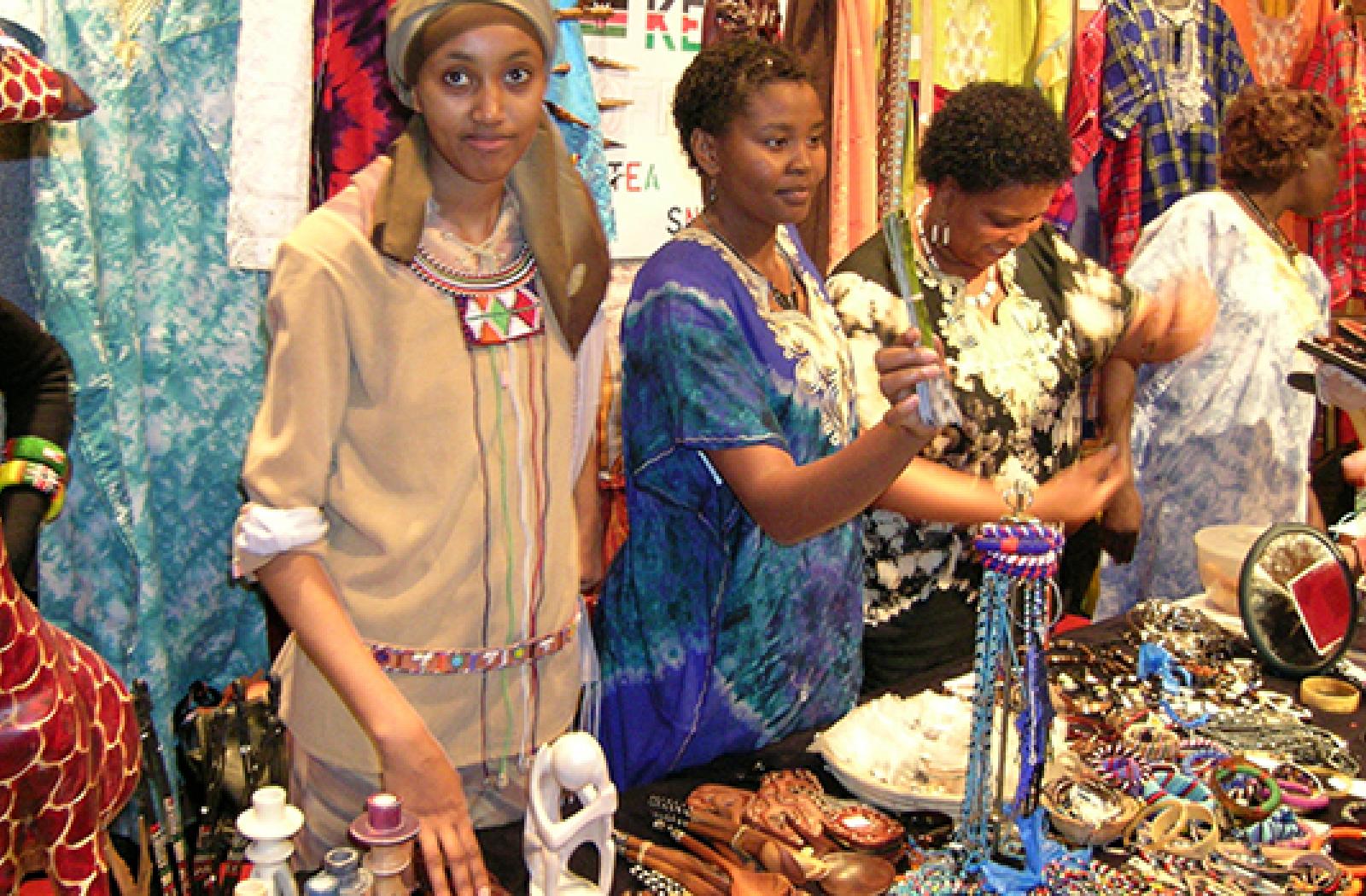Introduction
Have you ever considered delving into Kenya’s dynamic mitumba (secondhand goods) industry? It’s not just a market; it’s a bustling ecosystem ripe with opportunities waiting to be harnessed.
In a country where thrift shopping is not just a trend but a way of life, starting a successful thrift business in Kenya can be both rewarding and profitable. With strategic planning and a keen understanding of local tastes and preferences, you can carve out your niche in this thriving sector.
Kenya’s mitumba industry isn’t just big; it’s a cornerstone of the economy, deeply ingrained in the fabric of society. From bustling markets like Gikomba and Muthurwa to the vibrant street stalls of Kongowea or Maasai market, the mitumba trade pulsates with energy and possibility.
But launching your own thrift shop is more than just finding a space and putting up a sign. It’s about understanding the nuances of the market, navigating licensing requirements, and sourcing inventory that resonates with your target audience.
Get ready to embark on an exhilarating adventure where every piece tells a story and every sale opens up new possibilities!
1. Conduct Market Research
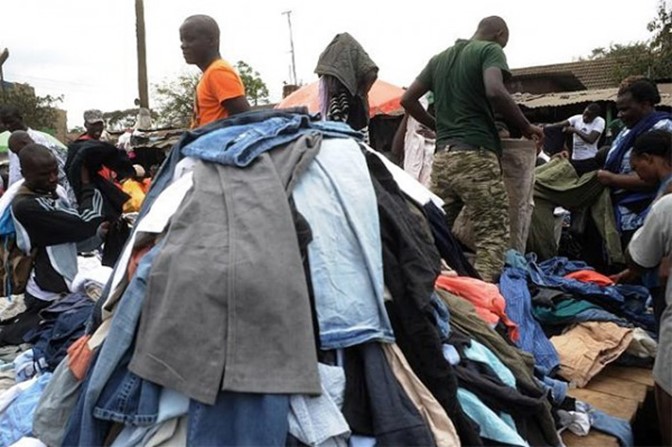
To kick off a profitable thrift venture in Kenya, conduct a market research. Researching target customer demographics and competition in surrounding areas gives vital context before committing funds.
- Assess demand for affordability versus higher end vintage
- Scout locations during peak times to gauge foot traffic
- Survey residents on pricing expectations
- Document competitor strengths and gaps
Accurately identifying unmet local needs in this market research forms the basis for many subsequent decisions.
2. Determine Your Business Model
To plan for a thrift business in Kenya, choose a business model aligned with your budget, skills and location.
Selling from a brick-and-mortar shop provides the advantage of stocking higher volumes and a wider variety of products, but it requires greater startup capital due to rent and renovation expenses. Opting for a market kiosk or stall involves lower overhead costs compared to traditional shops, whether fixed or mobile, although fleet sizes may limit inventory, and sales may be affected by weather and passing crowds.
Mobile hawking, where clothing is sold from bikes or trolleys, allows for covering a wider area to find customers, yet carrying capacity remains limited, and income relies heavily on the physical stamina and persuasive abilities of the sellers. Launching an online shop on platforms like Facebook and Instagram offers access to a much broader audience, but it necessitates excellent product photography and efficient delivery logistics to remain competitive.
Each approach has its advantages and disadvantages, and it may be beneficial to consider blending online and offline channels to maximize exposure and reach.
3. Select a Location
To build a thriving secondhand business in Kenya, prioritize locations in bustling areas like central business districts, busy streets with easy access to public transportation, and proximity to schools, colleges, and residential zones. Consider factors such as visibility, parking availability, competition density, and lease rates when selecting the ideal spot for your store.
For stalls, aim to secure affordable retail space in markets located near areas with high foot traffic. Markets like Gikomba Market and Muthurwa Market in Nairobi, as well as Kongowea Market in Mombasa, are excellent options to consider.
In the online sphere, capitalize on online groups and platforms that are popular among your target customers. Ensure that your social media posts feature quality imagery and detailed product listings to attract potential buyers.
The choice of trading spots significantly influences sales volumes, especially for models that rely heavily on location-based foot traffic. Therefore, strategic decisions regarding shop, stall, or online presence are crucial for maximizing sales opportunities.
4. Register Your Business
To start a lucrative resale venture in Kenya, register your business. Complying with national and county legislation protects the entity’s legal standing:
- Acquire a PIN and submit KRA tax returns
- Obtain annual and daily county permits
- File monthly NHIF employee returns
- Pass public health inspections
- Secure an operating license
- Adhere to sector regulations
Consult experts like lawyers to safely navigate compliance intricacies.
5. Obtain Financing
To set the foundation for a flourishing secondhand business in Kenya, obtain a blueprint for your finances. Calculating accurate budgets is essential for determining startup and working capital requirements, especially when considering financing options. These options range from personal savings and bank loans to mobile lending apps, crowdfunding platforms, and government grants.
Starting small and gradually scaling while reinvesting revenues can be a prudent strategy to fuel growth sustainably. However, regardless of the size of the operation, maintaining financial discipline, implementing tight cash flow controls, and keeping meticulous records are crucial for long-term success and financial stability.
6. Build Inventory
To achieve success in Kenya’s thrift market, it’s crucial to consistently secure batches of high-value clothing that resonate with local preferences. Initially, focus on purchasing pre-sorted batches from reputable markets. As your business grows, consider importing directly from source countries to increase your inventory volumes.
In addition to purchasing stock, consider acquiring clothing donations from charities and organizations. However, it’s essential to thoroughly assess the quality of donated items to ensure they meet your business standards.
Developing strong relationships with reliable and affordable suppliers is key to obtaining premium stock at competitive rates. By cultivating these connections, you can access a steady supply of quality clothing that appeals to your target market, ultimately contributing to the success of your mitumba retail business.
7. Understand Clothing Quality Grades
To stay ahead in the thrift business, understand clothing qualities and how to identify them. In the thrift clothing trade, batches of clothes are graded based on wear, flaws, and overall condition, guiding buyers to make informed purchasing decisions. Here’s a breakdown of the different grades:
- Grade A: Consisting of premium quality, lightly used garments with minimal defects, Grade A items command high resale value, often fetching 50-100% or more of their original retail price.
- Grade B: Characterized by slight imperfections and signs of use, Grade B garments are still appealing and can be easily repaired before resale, typically priced at 30-50% of their original tags.
- Grade C: Displaying more noticeable wear and damage, Grade C garments require minor fixes like patching holes or dyeing to cover stains, targeting mid-market buyers with prices around 15-30% of retail.
- Grade D: Representing the lowest quality tier, Grade D items are heavily worn with major defects, priced considerably lower at 2-5% of original retail prices, appealing to cost-conscious customers.
Effective sorting and clear communication help align buyer expectations with the quality tiers.
8. Import Directly and Price Strategically
To avoid losses, import directly and price strategically. Once more established, import consignments directly from source countries to maximize profits. Focus on the most in-demand and profitable lines. Stay aware of trends.
Avoid simplistic maths like dividing total batch cost by items. Rather:
- Identify the premium pieces from every batch
- Apply tiered pricing across descending quality grades.
- Adjust rates in response to demand patterns and competitor offers.
9. Market Your Venture
Implement diverse tactics to rapidly expand customer reach:
- Harness social media for promotional campaigns and product showcases
- Offer loyalty programs through memberships and points
- Encourage referrals through word-of-mouth and rewards
- Brand packaging materials like bags and tags
- Pursue official classifications like Google My Business listings
Capture customer data for personalized marketing. Measure campaign effectiveness and shift budgets accordingly.
Recap
In Kenya, the thrift industry offers entrepreneurs a lucrative avenue into the dynamic secondhand goods market, deeply embedded in the country’s cultural fabric. Thrift business success hinges on strategic planning and a deep understanding of local preferences and market dynamics.
To thrive in this competitive landscape, you must conduct thorough market research, determine the right business model, select strategic locations, register their businesses, and obtain financing through various channels. Building strong relationships with suppliers and understanding clothing quality grades are also paramount.
Moreover, you should import directly, price strategically, and implement diverse marketing tactics to expand their customer base and drive sales. With dedication, resilience, and a keen eye for opportunity, success in Kenya’s thrift sector is within reach.


